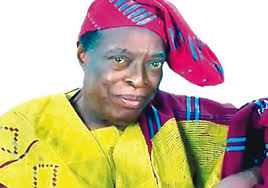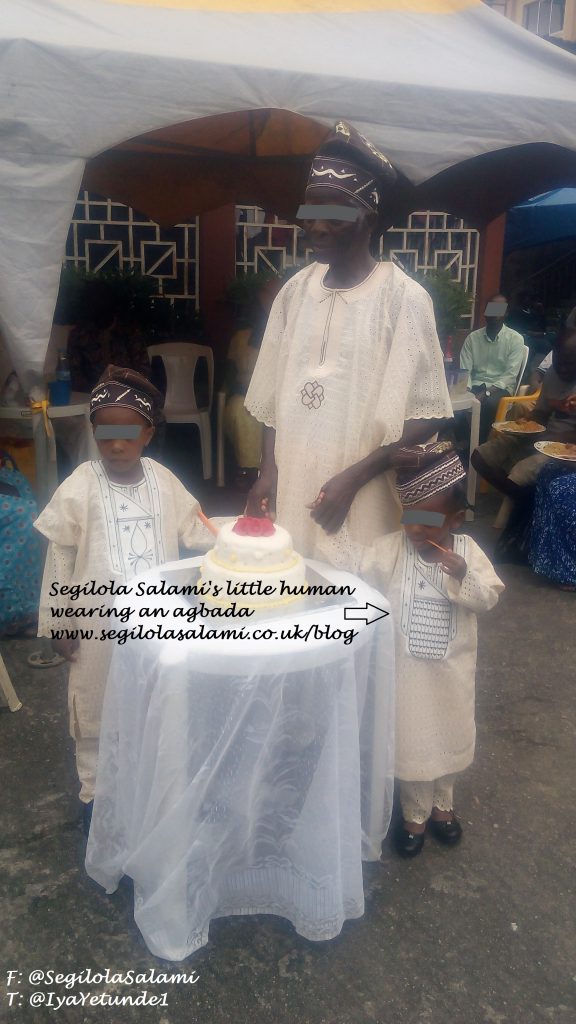I love learning new things and the other day, I saw a post from my Twitter friend Olutayo IRANTIOLA, who is also a blogger. We forged a friendship on Twitter due to our mutual love for the Yoruba culture. Olutayo wrote about the art of tilting (the Gobi) your fila (cap) and because I loved the post so much, I asked him for permission to re-publish the post on how to tilt your fila.
Without much ado, here’s how to tilt your fila
Lately, there have been many conversations around the intrinsic meanings of tilting- the Gobi– cap by a Yoruba man. I think it is important to add that there are a lot more to learn about this cap and the various implied meanings of how it is tilted. Traditionally, the Fila (cap) is meant to complete the dressing of a Yoruba man and it speaks volumes through its styling.
The tacit definition of tilting the cap in the Yoruba socio-cultural milieu to the right for the married men and the left to the bachelors has been there for many years but there are other dimensions to it because the style of tilting is vice versa and the meanings are depending on the clan in the discourse. In his assertion, the presenter of Enu Ohun Yoruba on Tiwantiwa 107.5FM, Mr Ayoade Okedokun, noted that caps are used to speak metaphorically but there are different implications to how it is tilted.
Tilting by Royalty
There are some certain Yoruba communities where Princes usually tilt their caps towards the right or left and his subjects would tilt their caps the other way. This is a sign of respect to the regal and it has no further meaning.
Tilting by Bachelors
Mr Okedokun noted that in other spheres, a young man could tilt his cap to a side to imply that he has an interest in a particular place, for instance, if there is a large celebration in a particular area. The young man might tilt his cap towards the family house of the lady, he intends to date. This will caution his friends not to make advances toward that particular area.
Equally, Okedokun noted that a young man can also caution his associates by pointing his cap forward in the direction of his in-laws- Kelenusonu– loosely translated as “watch your tongue”. They would all be careful of the type of pranks that they play. This style is akin to the style associated with the former Deputy Governor of Osun State, Senator Iyiola Omisore.
Tilting by Sango followers
Likewise, the – Gobi– cap that is not tilted towards any direction is usually associated with adherent of the Sango deity and this is similar to the style of the late Senator Isiaka Adeleke also known as Serubawon.
Tilting by profession
Okedokun added, asides this, every profession in Yorubaland has their own type of fila (caps). For example, the cap of the farmers- Gberi Agbe- is different from that of the hunters- Gberi Ode– which is associated with one Yoruba musician – Jesse King. These are Gobi caps but with big pouches.
Adebayo Faleti
It would interest you to know that the Adebayo Faleti style of tilting his Gobi cap is called Adiro. Adebayo Faleti was one of the proponents of this rare style of donning the cap while he was alive. Let’s be on the lookout for the person who will promote this style of tilting his cap henceforth.
Effect of westernisation
In another view, a Yoruba author, Alagba Folorunso Adeniyi noted that the metaphoric meanings of styling caps have been drowned by westernization. These meanings were defined long ago but they have been abandoned and people have resorted to styling their caps as they desired. The way in which you tilt your cap does not necessarily show your status again.
However, Okedokun mentioned that people are at liberty to design their own type of Fila (cap). This has led to various modes such as the Pa Obafemi Awolowo style of Fila (cap), which has been adopted by many Yoruba politicians to show them as adherents of his principles of governance and the MKO Abiola style which is tucked inside from the front.
There are many Yoruba men who do not know that the tilting of caps can be ‘speak’ volumes as identified above. What are you saying with your Fila? Please leave a comment below. The images used in this post were provided by Olutayo Irantiola.
***
I do love the effect of westernisation though, now women boldly wear traditional male regalias including Agbadas and Filas. My daughter was stunning in hers at my dad’s 80th birthday party last year. Considering that there are more men than women in my family, my daughter didn’t want to look different to her cousin. And to be honest, wearing a 2yo Iro and Buba wasn’t ideal for a party in my opinion. What do you think?












nice article